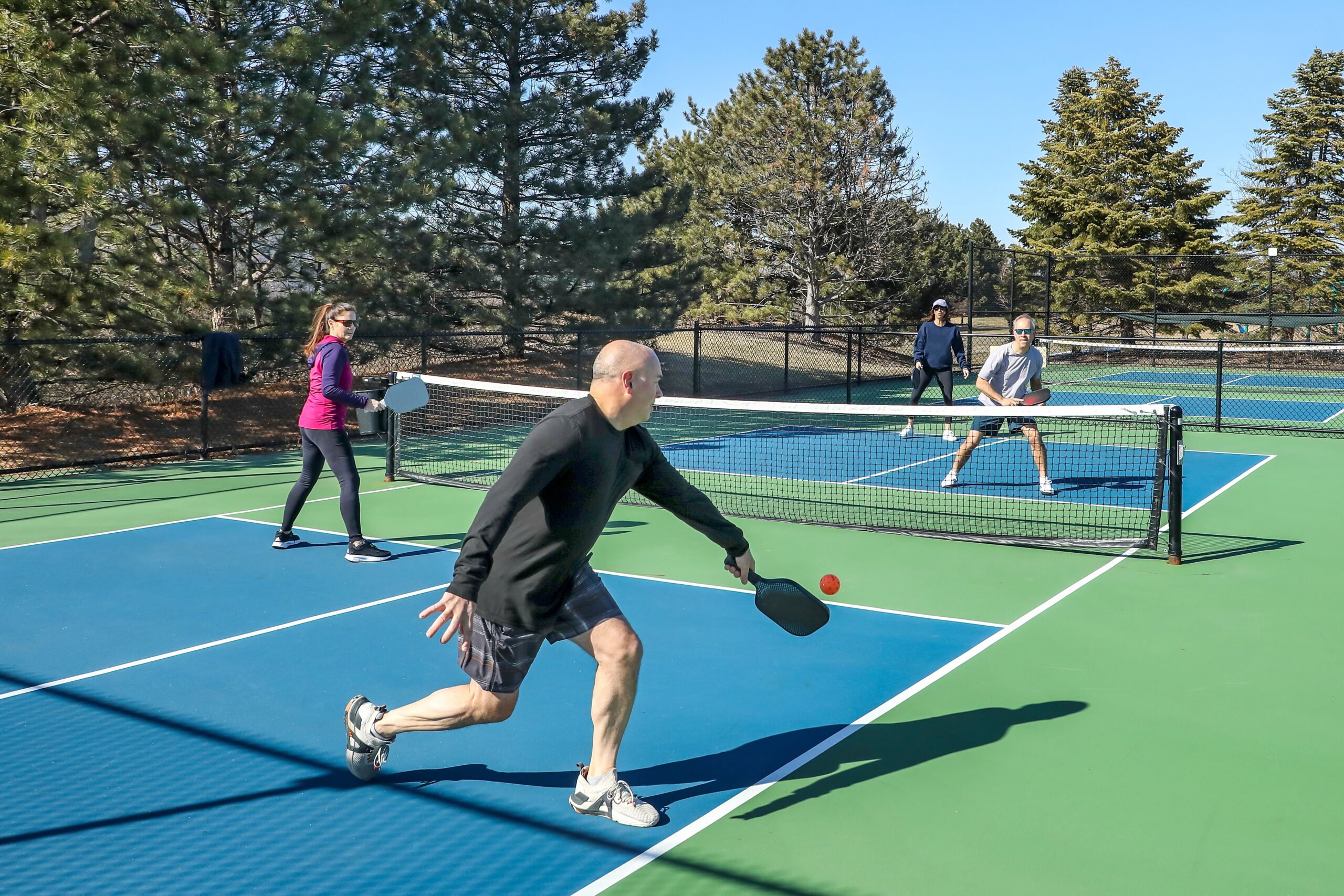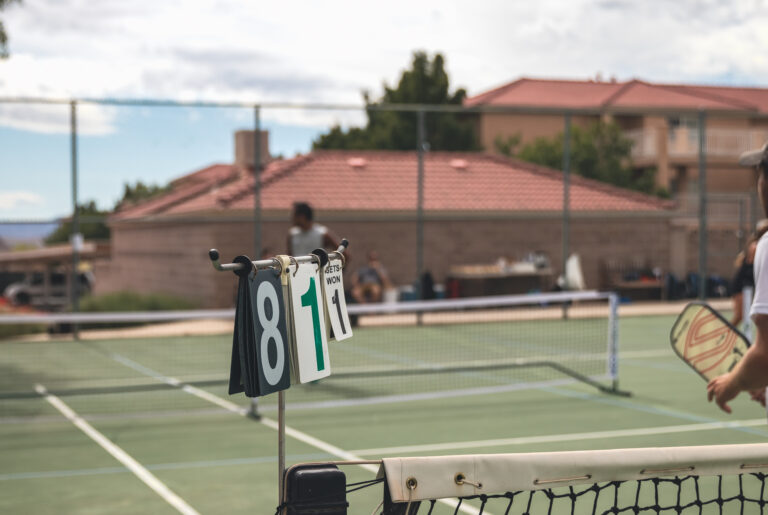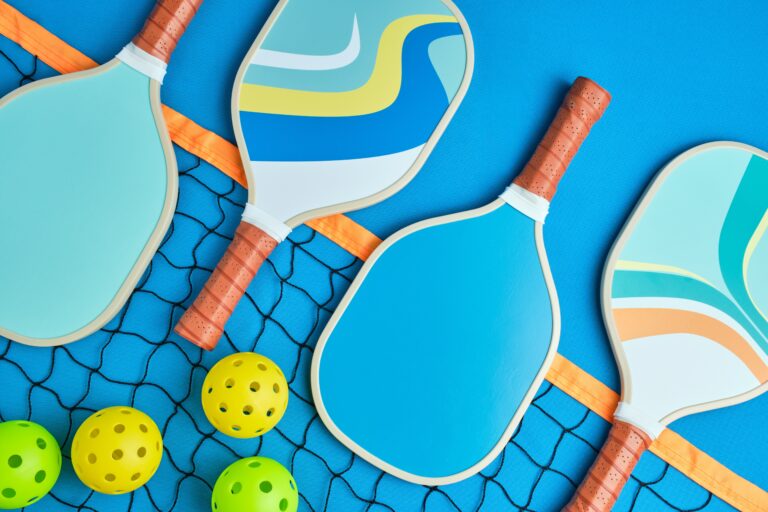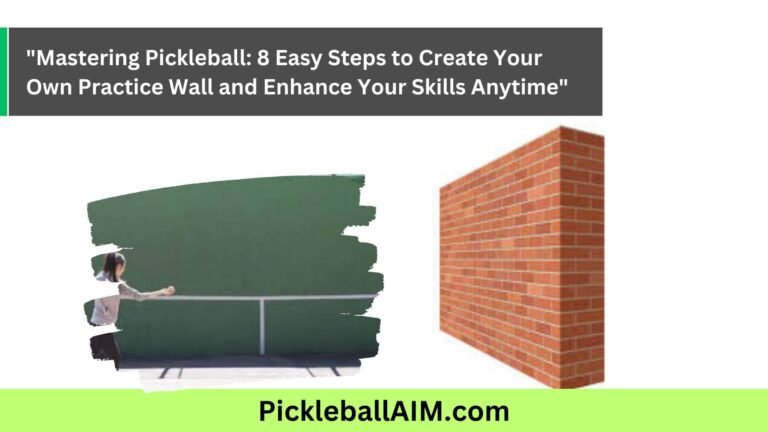Fleet of Foot: Mastering the Art of Agile Movement on the Court
In the world of competitive sports, the saying “light on your feet” takes on a literal meaning. Whether it’s tennis, basketball, badminton, or volleyball, your footwork is your foundation—your secret weapon for outmaneuvering opponents and dominating the court. Today, we’re diving deep into the art of footwork. It’s not just about moving faster; it’s about moving smarter. Let’s break down the footwork fundamentals that can skyrocket your agility and efficiency, transforming you into the athlete that opponents dread to face.
The Cornerstone of Competitive Play: Why Footwork Matters
Before we lace up and step into drills, let’s understand why footwork is paramount. Good footwork enhances your balance, speed, and timing. It allows you to reach the ball quicker, return shots more accurately, and conserve energy by moving efficiently. Essentially, mastering footwork is about maximizing your potential in every play.
Analyzing Your Current Footwork
The journey to improvement begins with self-awareness. Record your games and observe your movements. Are you taking unnecessary steps? Are you often out of position? Identifying these habits is the first step toward refining your footwork.
The Fundamentals of Superior Footwork
- Stance and Balance: Adopt a neutral, ready stance with feet shoulder-width apart, knees slightly bent, and weight on the balls of your feet. This position ensures you’re always prepared to spring into action.
- First Step Quickness: The first step is crucial. Practice explosive starts from your ready stance in various directions. This quickness allows you to cover more court with fewer steps.
- Directional Movement Training: Court sports demand movement in all directions. Incorporate forward sprints, lateral shuffles, and backward jogs into your training. Emphasize smooth transitions between directions to mimic game scenarios.
- Split Step: The split step is a small hop taken the moment your opponent strikes the ball. It primes your muscles for a quick reaction, improving your ability to move swiftly in any direction.
- Short Steps for Adjustment: As you approach the ball, use short, quick steps for fine-tuning your position. This allows for better balance and shot accuracy.
Drills to Enhance Agility and Efficiency
- Ladder Drills: Agility ladders are excellent for improving foot speed and coordination. Experiment with different patterns—side shuffles, in-and-outs, and zig-zags—to challenge your agility.
- Cone Drills: Set up cones in various patterns and practice moving quickly between them. This not only improves your speed but also your ability to change direction swiftly.
- Shadow Playing: Without a ball, mimic the movements you’d make during a game. This visualization technique helps reinforce efficient movement patterns.
- Ball Drops: Have a partner drop a ball at a random location within your reach. Sprint to catch it before the second bounce to improve reaction time and explosive speed.
- Resistance Training: Utilize resistance bands around your legs to strengthen the muscles responsible for quick lateral and forward movements.
Incorporating Footwork into Your Game Strategy
- Anticipation: Use your footwork skills to position yourself optimally based on your opponent’s body language and likely shot direction.
- Efficient Court Coverage: Strategize your movements to cover the court with minimal energy expenditure, allowing you to stay fresh throughout the match.
- Offensive Positioning: Position yourself to not only return the shot but to place it where it’s most challenging for your opponent, using your footwork to create advantageous angles.
The Mental Game: Thinking on Your Feet
Agile footwork isn’t just physical; it’s mental. Stay focused and anticipate the play. Develop a rhythm in your movement, and keep your mind as nimble as your feet. Confidence in your footwork translates into a more assertive game.
Nutrition and Recovery for Peak Performance
- Fueling for Agility: A diet rich in lean proteins, complex carbohydrates, and healthy fats provides the energy needed for intense footwork training.
- Recovery: Prioritize rest and recovery techniques, including stretching, foam rolling, and adequate sleep, to keep your muscles responsive and resilient.
Evaluating Progress and Staying Motivated
Set specific footwork goals, and track your progress. Celebrate improvements, no matter how small, and constantly challenge yourself with new drills and increased intensity. Remember, the pursuit of agility and efficiency is a continuous journey.
Conclusion: Unleashing Your Potential Through Masterful Footwork
Footwork is the silent language of elite athletes. It speaks of dedication, precision, and the relentless pursuit of excellence. By focusing on the fundamentals of footwork, you’re not just improving your game; you’re elevating it. You become an athlete who’s not only challenging to beat but also inspiring to watch.
So, commit to mastering the art of movement. With every step, shuffle, and sprint, you’re building the foundation of a champion. Now, let’s hit the court and let our footwork do the talking.







